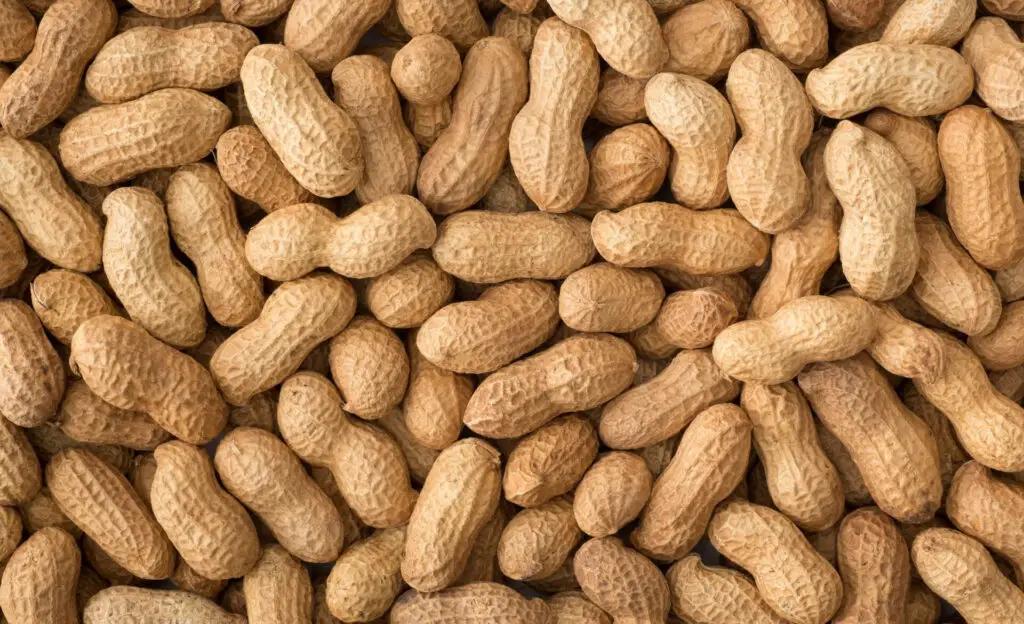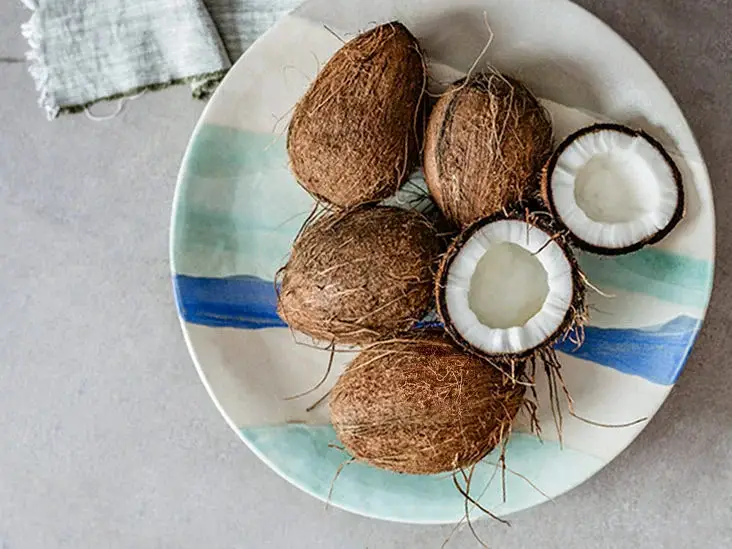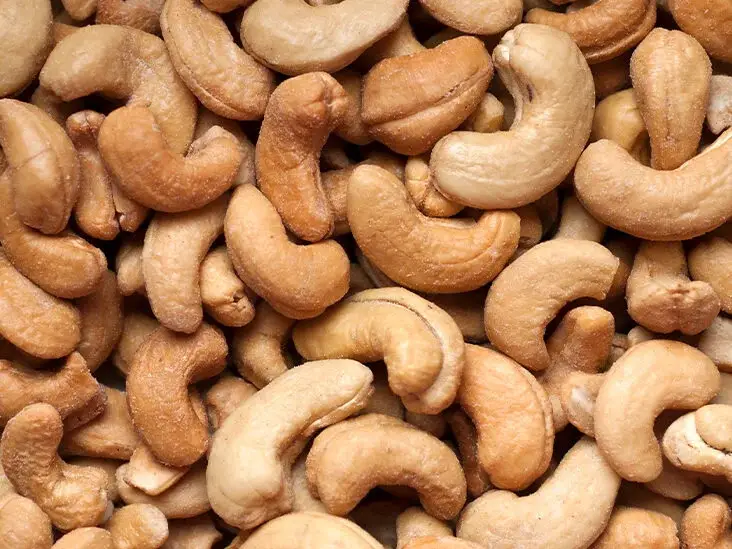Tree nuts are a type of nut that grow on trees and are characterized by a hard, inedible outer shell that encloses the edible seed. Examples of tree nuts include:
- Almonds
- Cashews
- Pecans
- Walnuts
- Hazelnuts
- Brazil nuts
Tree nuts are a rich source of protein, healthy fats, fiber, vitamins, and minerals, and are often included in healthy diets.
Table of Contents
Tree Nuts vs Other Nuts
The main difference between tree nuts and other types of nuts, such as peanuts, is their botanical classification.
- Peanuts are legumes that grow underground, whereas tree nuts grow on trees above ground.
- Tree nuts also tend to have a harder outer shell than other types of nuts, which may require cracking or shelling before eating.
Another difference is the potential for allergic reactions.
Tree nut allergies are one of the most common food allergies and can be life-threatening.
Peanuts, although they are not tree nuts, are also a common allergen and can cause similar reactions.
Nutrition
In terms of nutrition, tree nuts and other nuts offer similar health benefits, including promoting heart health, reducing inflammation, and aiding in weight management.
However, some tree nuts may have slightly different nutrient profiles than others, so it’s important to eat a variety of nuts to get a range of nutrients.
What nuts are not tree nuts
There are several types of nuts that are not considered tree nuts, even though they may be commonly mistaken for them. These nuts are from plants that are not classified as trees, and include:
Peanuts:

Peanuts are actually legumes, not nuts. They grow underground and are botanically related to beans and lentils. However, they are often referred to as nuts because of their similar taste and nutritional profile. Peanuts are a good source of protein, healthy fats, and fiber, making them a popular ingredient in many dishes and a healthy snack option.
Almonds:

Although almonds are often referred to as tree nuts, they are actually the seeds of the almond tree. Unlike other true tree nuts that grow inside a hard shell, almonds have a soft outer hull that splits open to reveal the seed inside. Almonds are a nutritious food, providing a good source of protein, healthy fats, and fiber, making them a popular choice for a healthy snack or ingredient in many recipes.
Coconut:

Coconuts are not actually nuts, but rather a type of fruit called a drupe. They grow on palm trees and are characterized by their hard, fibrous outer shell and the white, meaty flesh inside. Coconuts are a nutrient-dense food, providing a good source of healthy fats and fiber. They are used in a variety of cuisines and can be enjoyed fresh or in various forms such as coconut water, coconut milk, or coconut oil.
Cashews:

Cashews are actually the seeds of the cashew apple, which grows on a tree. Unlike true tree nuts, the cashew seed is not enclosed in a hard shell. However, it is surrounded by a toxic outer layer that must be carefully removed before the seed can be eaten. Once the outer layer is removed, cashews can be enjoyed as a nutritious snack or used as an ingredient in various recipes. Cashews are a good source of protein, healthy fats, and minerals such as copper and magnesium, making them a healthy addition to any diet.
Pistachios:

Pistachios are technically classified as drupes, similar to coconuts. They grow on trees and are characterized by a hard, shell-like outer layer that splits open when the nuts are ripe. Pistachios are a nutritious food, providing a good source of protein, healthy fats, and fiber. They are commonly eaten as a snack and can also be used in various recipes, such as in salads, baked goods, and desserts.
What nuts to avoid with tree nut allergy?
If you have a tree nut allergy, you should avoid all types of tree nuts. These include:
- Almonds
- Brazil nuts
- Cashews
- Chestnuts
- Hazelnuts (also known as filberts)
- Macadamia nuts
- Pecans
- Pine nuts (also known as pignoli)
- Pistachios
- Walnuts
It is important to read food labels carefully and avoid any products that contain tree nuts or were processed in facilities that also process tree nuts. Additionally, be cautious when eating at restaurants or when consuming foods prepared by others, as they may contain hidden tree nuts or cross-contamination.





